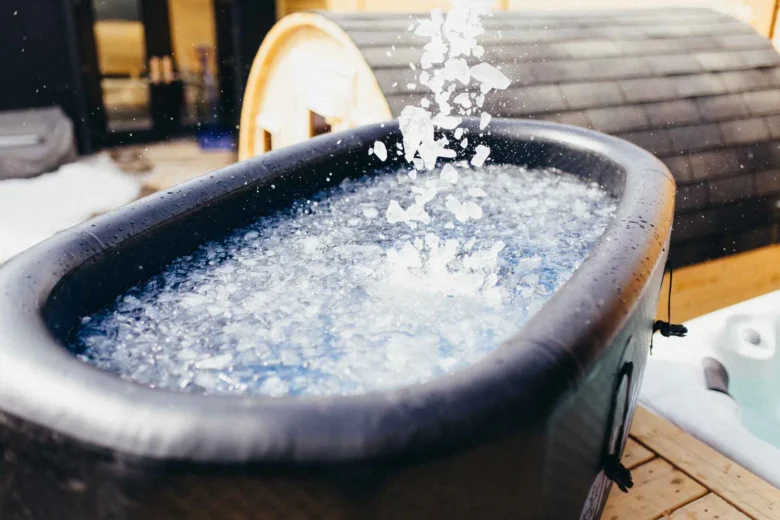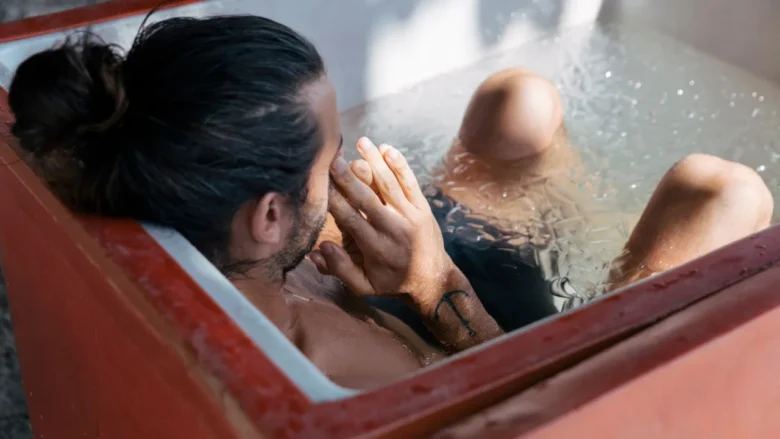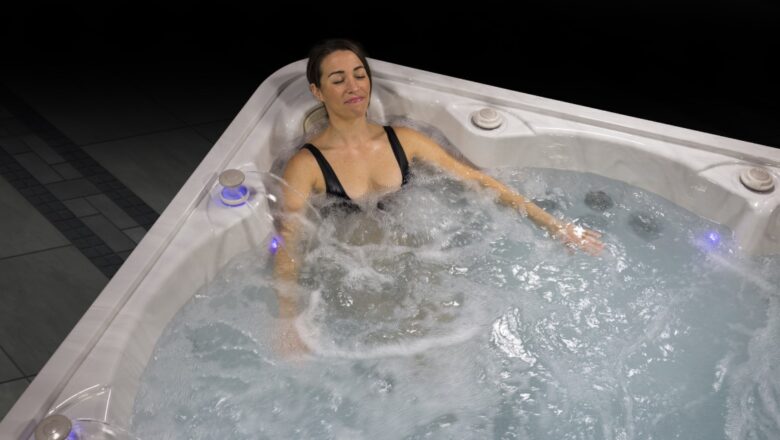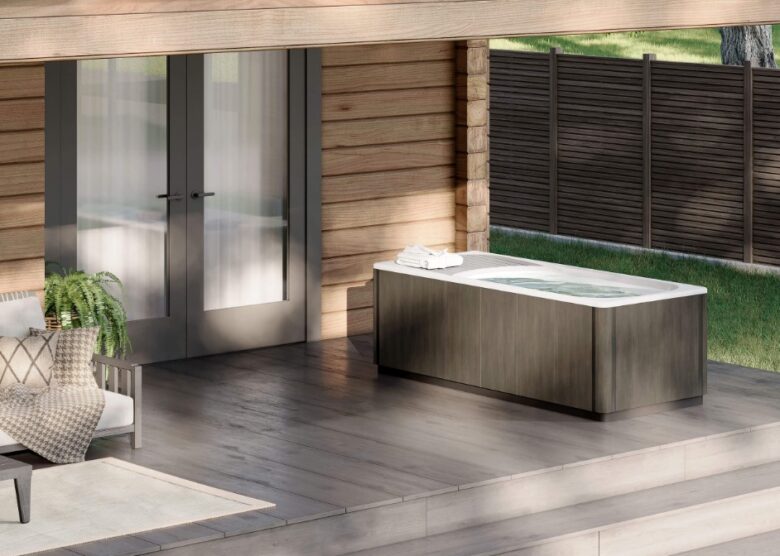Feeling sore after a workout? Struggling with low energy or poor sleep? Many people turn to temperature-based therapies to recover faster and feel better—specifically cold plunges and hot baths. Both methods promise relief and restoration, but they work in completely different ways. So which one should you choose?
Let’s cut through the confusion and break down the benefits, ideal timing, and the science behind each option.
Key Highlights
- Cold plunges tighten blood vessels and reduce inflammation.
- Hot baths relax tight muscles and promote better sleep.
- Cold exposure boosts alertness and metabolism.
- Heat therapy lowers stress and improves circulation.
- The right method depends on timing, goal, and individual preference.
- Alternating between both can offer powerful combined effects.
What Happens to the Body in a Cold Plunge
A cold plunge exposes your body to cold water, usually under 59°F (15°C). The drop in temperature causes blood vessels to constrict. This slows blood flow to muscles and joints, helping reduce inflammation and muscle swelling.
But the effect goes deeper than the skin. Cold exposure stimulates the release of norepinephrine—a hormone that boosts alertness, sharpens focus, and improves mood. People often report a powerful mental reset after just two or three minutes submerged in cold water.
Need a starting point for this therapy? Try cold plunge services offered by Pure Sweat Spa in Gilbert, AZ. Their tailored approach to wellness combines science-backed methods with personal care and rejuvenation.
Cold plunges can also:
- Improve immune system response
- Increase metabolic rate
- Shorten muscle recovery after intense workouts
However, this method isn’t for everyone. People with cardiovascular issues or extreme sensitivity to cold should proceed with caution.

Why Hot Baths Remain a Favorite for Recovery
There’s a reason so many people reach for a hot bath after a long day—it works. Warm water opens blood vessels, allowing for better circulation and oxygen delivery to tissues. Muscles relax. Joint stiffness fades. Tension melts away.
Heat therapy increases blood flow, which supports muscle repair. It also encourages parasympathetic nervous system activity—the “rest and digest” mode that helps your body heal.
If you’re looking to calm the mind, manage chronic pain, or wind down before bed, hot baths offer a powerful tool.
Benefits of hot baths include:
- Looser muscles and joints
- Stress relief through cortisol reduction
- Lower blood pressure
- Improved sleep quality
Still, there are limits. Extended exposure to high heat can leave you dehydrated. It can also lower blood pressure too much if you stay too long. Not ideal for post-exercise inflammation, either.
Cold Plunge vs. Hot Bath ─ Key Differences
Now that you know how each method works, let’s get into what sets them apart in practical terms.
|
Feature |
Cold Plunge |
Hot Bath |
| Best For | Inflammation, mental clarity, energy boost | Muscle relaxation, stress relief, sleep |
| Ideal Timing | After workouts or early in the day | Before bed or on rest days |
| Temperature Range | 39°F – 59°F | 98°F – 104°F |
| Time Recommended | 2–5 minutes | 15–30 minutes |
| Common Side Effects | Cold shock, dizziness | Lightheadedness, dehydration |
In essence, one chills and tightens, the other warms and loosens. Choosing the right one depends on your goal.

Which Is Better After a Workout?
After high-intensity exercise, inflammation builds up around micro-tears in the muscles. You need something to reduce swelling and speed up healing. Cold plunges win here.
They limit swelling and control the soreness that often follows hard training. Athletes often use them within 30 minutes post-exercise to boost recovery and stay sharp for the next session.
On the other hand, hot baths increase inflammation. That’s great when you’re healing old injuries or want more flexibility. But it can backfire if used too soon after a workout.
Bottom Line:
- Use cold plunges right after training.
- Save hot baths for off-days or before sleep.
Wellness Benefits Beyond Muscle Recovery
The value of hot and cold therapies stretches far beyond fitness. Both help regulate body systems tied to long-term health and emotional balance.
Cold therapy promotes:
- Resilience to stress
- Better immune function
- Improved mood due to endorphin release
Heat therapy encourages:
- Better heart health
- Hormonal balance
- Reduced anxiety symptoms
Many people include both as part of a regular wellness routine. Not for sore muscles—but for energy, sleep, mood, and long-term vitality.

Should You Alternate Between Cold and Hot?
You’ve probably heard of contrast therapy—switching between hot and cold. It’s used by athletes, physical therapists, and wellness centers to get the best of both worlds.
The process works by rapidly switching blood flow patterns. Cold restricts. Heat expands. This creates a pumping effect in the body, flushing toxins and improving circulation.
Use this method when:
- You want total body recovery
- You have limited time for rest
- You’re trying to boost lymphatic drainage
Start cold, then go warm. Repeat two to three times. Always end on a cold.
What Science Says About Recovery and Temperature
Recent studies confirm what many have felt firsthand. Cold plunges lower muscle soreness after workouts. One 2022 study in the Journal of Sports Science showed that cold water immersion improved post-exercise performance after just five minutes.
Another report published in Frontiers in Physiology highlighted how heat therapy stimulates protein repair in cells. That helps with chronic pain, stress adaptation, and even hormonal regulation.
Still, researchers agree that the best method depends on the goal. For acute recovery, go cold. For nervous system relaxation, go hot.

How to Choose What’s Right for You
The answer lies in how you feel—and what you’re trying to fix. Your choice should reflect your goals, your timing, and your body’s response.
Choose a cold plunge when:
- You’re sore after training
- You want a morning energy boost
- You’re managing inflammation or swelling
Opt for a hot bath when:
- You feel tense or stressed
- You need better sleep
- You want to increase flexibility or mobility
Experiment. Pay attention to your results. Many people find their perfect rhythm with both options across a weekly routine.
Hot or Cold—It’s About Purpose, Not Preference
Both cold plunges and hot baths offer real health benefits. But they serve different functions. One cools inflammation. One warms away tension. Your choice isn’t about what feels better in the moment—it’s about what serves your body best in that situation.
Workouts call for cold. Stress begs for warmth. Alternating between the two builds stronger recovery and more resilience.
Start small. Track how you feel.
Wellness doesn’t require guessing. Use the tools that work.

